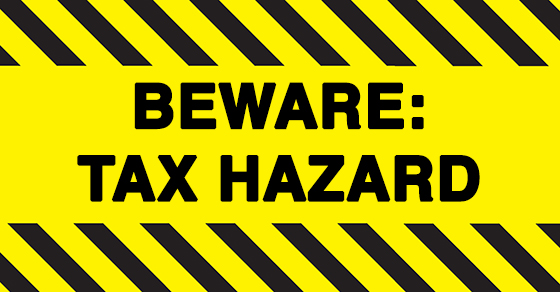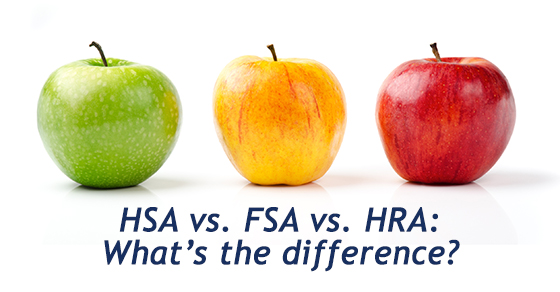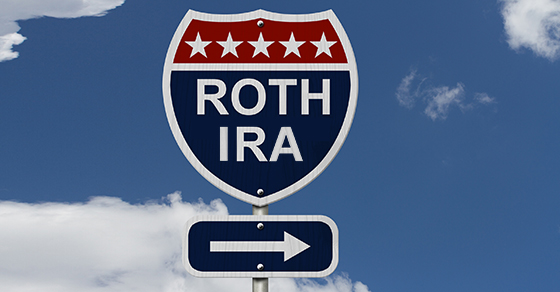3 mutual fund tax hazards to watch out for
 Investing in mutual funds is an easy way to diversify a portfolio, which is one reason why they’re
Investing in mutual funds is an easy way to diversify a portfolio, which is one reason why they’re
commonly found in retirement plans such as IRAs and 401(k)s. But if you hold such funds in taxable accounts, or are considering such investments, beware of these three tax hazards:
- High turnover rates. Mutual funds with high turnover rates can create income that’s taxed at ordinary-income rates. Choosing funds that provide primarily long-term gains can save you more tax dollars because of the lower long-term rates.
- Earnings reinvestments. Earnings on mutual funds are typically reinvested, and unless you keep track of these additions and increase your basis accordingly, you may report more gain than required when you sell the fund. (Since 2012, brokerage firms have been required to track — and report to the IRS — your cost basis in mutual funds acquired during the tax year.)
- Capital gains distributions. Buying equity mutual fund shares late in the year can be costly tax-wise. Such funds often declare a large capital gains distribution at year end, which is a taxable event. If you own the shares on the distribution’s record date, you’ll be taxed on the full distribution amount even if it includes significant gains realized by the fund before you owned the shares. And you’ll pay tax on those gains in the current year — even if you reinvest the distribution.
If your mutual fund investments aren’t limited to your tax-advantaged retirement accounts, watch out for these hazards. And contact us — we can help you safely navigate them to keep your tax liability to a minimum.
© 2016 Thomson Reuters



 Many businesses host a picnic for employees in the summer. It’s a fun activity for your staff and you may be able to take a larger deduction for the cost than you would on other meal and entertainment expenses.
Many businesses host a picnic for employees in the summer. It’s a fun activity for your staff and you may be able to take a larger deduction for the cost than you would on other meal and entertainment expenses.
 With health care costs continuing to climb, tax-friendly ways to pay for these expenses are more attractive than ever. Health Savings Accounts (HSAs), Flexible Spending Accounts (FSAs) and Health Reimbursement Accounts (HRAs) all provide opportunities for tax-advantaged funding of health care expenses. But what’s the difference between these three accounts? Here’s an overview:
With health care costs continuing to climb, tax-friendly ways to pay for these expenses are more attractive than ever. Health Savings Accounts (HSAs), Flexible Spending Accounts (FSAs) and Health Reimbursement Accounts (HRAs) all provide opportunities for tax-advantaged funding of health care expenses. But what’s the difference between these three accounts? Here’s an overview:
 Traditional IRAs
Traditional IRAs